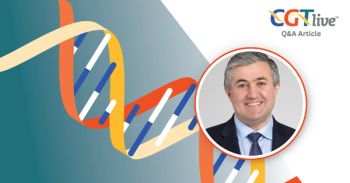
Growth Hormone Therapy Effective at Increasing Anemics' Height During Childhood
For children with Diamond-Blackfan Anemia (DBA) - an inherited condition defined by low red blood cell counts and limited progenitor cells in the bone marrow - growth hormone (GH) therapy was found to increase the short stature of patients - a symptom not widely analyzed.
For children with Diamond-Blackfan Anemia (DBA) — an inherited condition defined by low red blood cell counts and limited progenitor cells in the bone marrow — growth hormone (GH) therapy was found to increase the short stature of patients — a symptom not widely analyzed.
Commonly born smaller than average, GBA patients often experienced cellular mutations that often go undiscovered. Also experiencing iron overload, previous research has implicated this factor in GBA (and other chronic anemia) patients’ decreased growth rates despite secreting adequate amounts of GHs.
For their
While investigators documented that the GH patients were shorter than subjects not treated before their regimen began, they experienced a significant increase in their rate of growth within the first 2 years of their therapy. For every 4 years of treatment, the researchers noted that GH participants’ HAZ scores were better than baseline standards.
“Additionally, after 2 years of GH treatment, HAZ scores were not significantly different from the control DBA population, indicating successful catch-up growth relative to peers with DBA,” the authors also reported in Pediatric Blood Cancer.
In light of their discovery, the investigators pressed for the use of personalized growth charts for DBA patients to identify which patients would make good GH therapy candidates.
“Based both on the frequent occurrence of short stature in children with DBA, and on data presented here, we recommend careful consideration of GH therapy at a young age for those patients with DBA who have significant short stature to improve GV and overall HAZ scores,” the writers also recommended.
Newsletter
Stay at the forefront of cutting-edge science with CGT—your direct line to expert insights, breakthrough data, and real-time coverage of the latest advancements in cell and gene therapy.





































